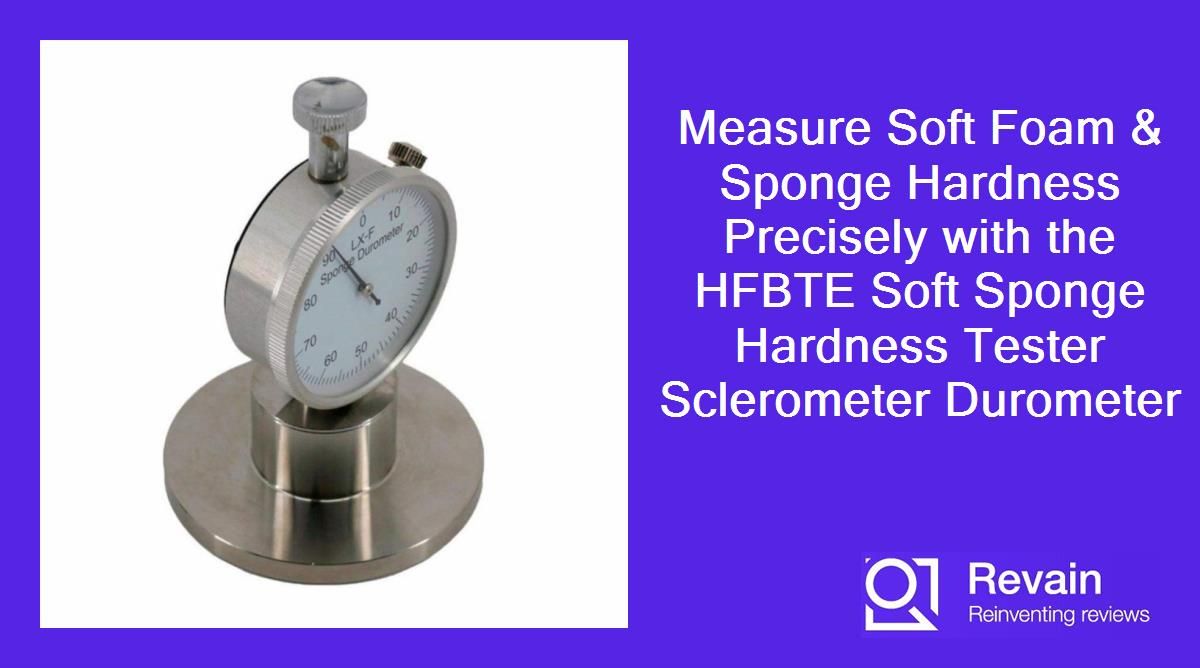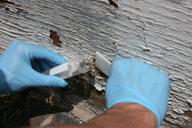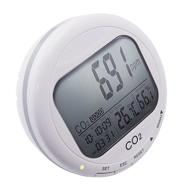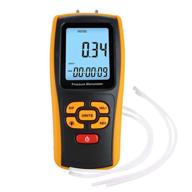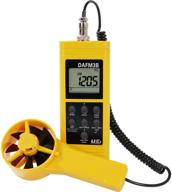How to measure the hardness of soft foam and sponges?
Measuring the hardness or softness of foam and sponges is important to ensure they have the right properties for their intended use. This can be done using a simple handheld device called a sclerometer or durometer.
Choosing the right durometer
Durometers come with needles of varying sizes and measurement scales. For soft foam and sponges, you'll need a type OO or O durometer with a very fine needle point. The OO scale measures down to 20 Shore OO which is ideal for extra soft materials. The O scale measures down to 20 Shore O, also suitable for soft foams.
How to use the durometer
- Cut or prepare a flat test piece of the foam or sponge approximately 1 inch thick.
- Place the sample on a hard, rigid surface like a table.
- Press the durometer straight down on the foam so the needle point penetrates the surface. Apply enough force so the spring inside is fully compressed.
- Read the hardness value on the scale where the needle pointer rests.
- Take readings at several points on the sample and average the results.
| Hardness Scale | Application |
|---|---|
| 20 - 45 Shore OO | Very soft foams & sponges |
| 45 - 70 Shore OO | Medium soft foams |
| 70 - 95 Shore OO | Firm foams & sponges |
Following this simple method will give you an objective measure of soft foam and sponge hardness for research, quality control or material selection purposes.
How to test polyurethane foam hardness?
Polyurethane foam is used in a wide variety of applications from cushions and mattresses to packaging and insulation. Testing the hardness ensures the foam has the correct properties for its intended use.
Using a durometer
A durometer is a standard instrument for measuring the hardness of materials like polymers and elastomers. For polyurethane foam you'll need a Type OO durometer which can measure down to 20 on the OO scale (extra soft).
- Cut a 1 inch thick piece of the foam to test.
- Place it on a flat, rigid surface.
- Press the durometer straight down so the needle point sinks into the foam.
- Apply enough force to fully compress the spring.
- Read the hardness value on the scale.
- Take readings at multiple points and average.
Factors affecting hardness
The hardness of polyurethane foam depends on:
- Density - Higher density foam is harder.
- Cell structure - Smaller cells give a firmer foam.
- Additives - Fillers and reinforcements increase hardness.
- Curing - Fully cured foam is harder than uncured.
| Hardness Range (Shore OO) | Type of Foam |
|---|---|
| 20 - 30 | Extra soft, cushion foam |
| 40 - 60 | Medium soft furniture foam |
| 70 - 90 | Rigid, structural foam |
Testing hardness at multiple points can identify variations in the foam. It's a quick and useful quality control check.
How to use a sclerometer or durometer for soft materials?
A durometer or sclerometer is an easy-to-use handheld device for measuring the hardness or softness of materials like rubber, plastic, foam, and gels. For testing soft materials, you'll need a type OO or O durometer.
Top products in 🔍 Surface & Hardness Testing
Choosing the right durometer
The OO scale measures from 20 to 90 Shore OO for very soft materials. The O scale ranges from 40 to 90 Shore O for medium soft materials. Pick the scale that matches the softness of your material:
- OO scale for foam, sponge, very soft rubber and gels
- O scale for medium soft rubber, silicone, some plastics
Testing procedure
- Prepare a flat test piece of material at least 1/4" thick
- Place it firmly on a hard, rigid surface like a table
- Press the durometer straight down perpendicular to the surface
- Apply enough steady force so the spring inside is fully compressed
- Read the hardness value from where the needle pointer rests on the scale
- Repeat several times and average the results
Interpreting measurements
Lower numbers indicate a softer material; higher numbers are harder. For example:
- 20 Shore OO - Very soft gel
- 40 Shore OO - Soft foam
- 60 Shore O - Medium soft rubber
- 90 Shore O - Harder plastic
Compare your unknown sample to materials with known values. Testing multiple points can identify variations in hardness.
Care and maintenance
With proper handling, a durometer can provide years of accurate service:
- Store the device in its protective case when not in use
- Keep the needle clean and free of materials that could affect measurements
- Calibrate annually to ensure accurate readings
Using a durometer properly allows quick, objective quantification of soft material hardness.
How to choose the right needle for foam hardness testing?
Selecting the proper needle is important for accurate foam hardness measurements using a durometer. The needle size should match the type of foam being tested.
Needle sizes
- 1mm - Best for very soft foam under 30 Shore OO
- 1.5mm - Ideal for medium soft foam 30-60 Shore OO
- 2mm - For firmer foam 60-90 Shore OO
- 3mm - Used on rigid foams over 90 Shore OO
Guidelines
Follow these guidelines for choosing foam hardness needles:
- Use the smallest needle that will penetrate the foam surface without bending
- Soft foam requires smaller needles like 1mm or 1.5mm
- Firmer foam can use larger needles like 2mm or 3mm
- Needle must fully sink into foam to compress the spring
- Choose based on foam density - denser foams need bigger needles
Needle precision
Proper needle selection provides:
- Accurate depth of penetration
- Precise hardness measurements
- Avoidance of needle bending
- Consistent results across foam types
Using the matching needle size for each foam prevents incorrect or inconsistent readings. Investing in a needle set provides readiness for any foam hardness testing application.
Another interesting products
How to get accurate readings when measuring soft foam hardness?
Measuring the hardness of soft foam materials like upholstery foam, mattress foam, and padding foam requires careful technique to get precise, repeatable results.
Use the right durometer
A type OO durometer is best for soft foam. The OO scale measures down to 20 Shore OO for very soft foams. Using the wrong scale can give inaccurate readings.
Prepare the sample
Test pieces should be:
- At least 1 inch thick
- Cut flat with smooth, parallel sides
- Laid on a rigid surface like a table
Needle selection
Soft foams need thinner needle points like 1mm or 1.5mm. This allows proper penetration without distorting the foam surface.
Technique
- Press the durometer straight down, perpendicular to the foam surface
- Apply steady force to fully compress the spring
- Hold for 2-3 seconds before reading the value
- Repeat 5-10 times and average the results
Avoid mistakes
Prevent incorrect readings by:
- Not angling the durometer
- Not rocking or twisting during measurement
- Not partially compressing the spring
- Not penetrating into a rigid base under the foam
With the proper methods, durometer testing provides reliable quantification of soft foam hardness for design specifications and quality control.






